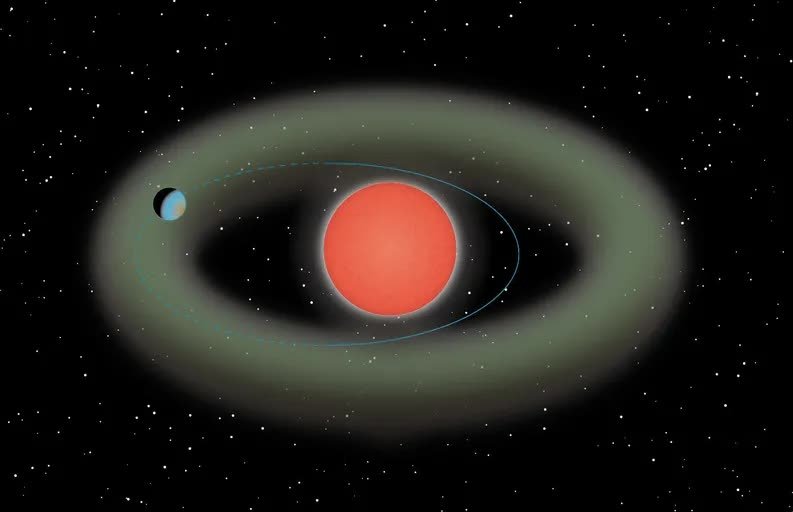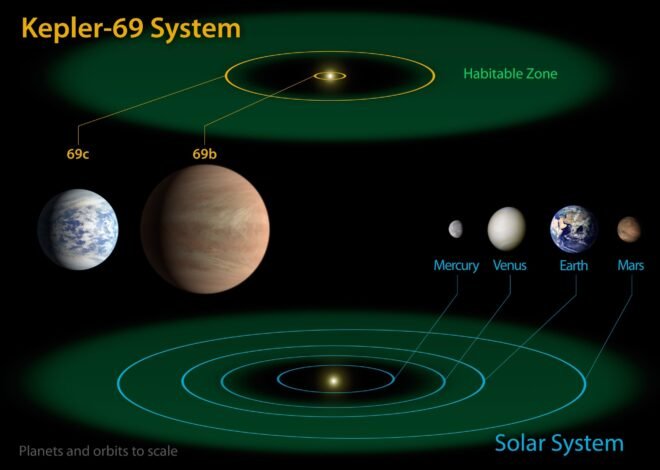
Japan finds ‘habitable’ super Earth, very close to us
Just 37 light-years from Earth, a super-Earth has been discovered in the `habitable` zone of a red dwarf star.
This event provides an opportunity to consider the possibility of life on planets around stars near our Solar System.
Scientists named this super-Earth Ross 508 b.
According to scientists, red dwarfs are more visible at infrared wavelengths.
The first fruits of this search were signs of a super-Earth four times the mass of Earth, orbiting the red dwarf star Ross 508, located 37 light-years away, in the constellation Serpens.
This planet, Ross 508 b, has a year of just 10.8 Earth days and is located at the inner edge of the `Goldilocks habitable zone` around its host star.
Interestingly, scientists initially saw signs that the orbit was elliptical, meaning that for part of its orbit, planet Ross 508 b would lie in the habitable zone –

It will also be an important target for future observations to study the possibility of life around low-mass stars like the M dwarfs it orbits.
The exact orbital eccentricity of Ross 508 b is unknown.
CHARACTERISTICS OF RED DWARFS
The parent star Ross 508 has a radius of about 0.21 solar radii and a mass of approximately 0.18 solar masses, giving it a density of 26.5 g/cm3.
Red dwarfs make up three-quarters of the stars in our Milky Way galaxy and exist in large numbers in the vicinity of the Solar System, making them excellent targets for searching for exoplanets in the neighborhood.
Three-quarters of the stars in the Milky Way Galaxy are red dwarfs, smaller than the Sun and abundant in the Sun’s vicinity.

`It has been 14 years since IRD began development. We have continued to develop,` commented Bun’ei Sato, Professor at Tokyo Institute of Technology (Japan) and principal investigator on this search.
With such a promising initial discovery, we can expect the Subaru Telescope to find more, maybe even better, candidates for habitable planets near red dwarfs
The term `Super-Earth` refers to planets with a mass greater than that of Earth but not exceeding the mass of Neptune.
Source: Scitechdaily, NASA/Exoplanets


